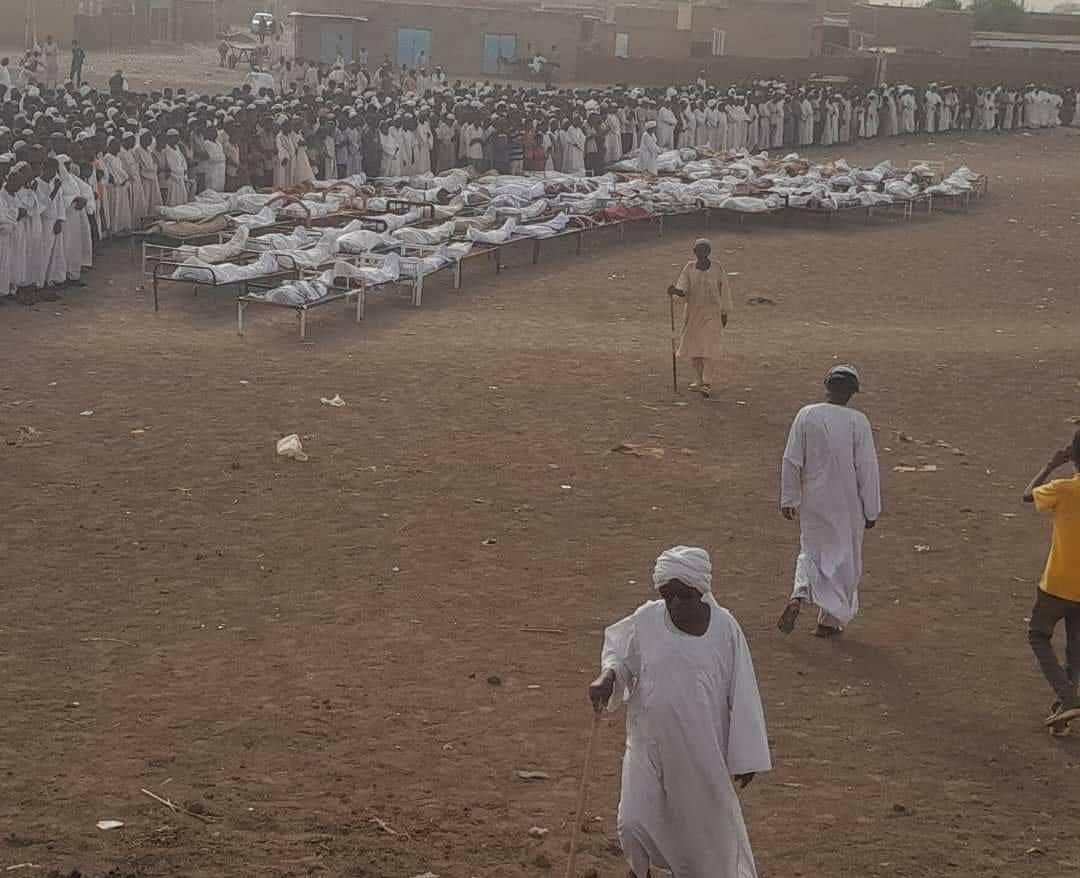The Saudi Ministry of Hajj and Umrah continued to set new standards and controls for Hajj for the third year in a row, after it was decided to raise the number of pilgrims to one million pilgrims from inside and outside the Kingdom, as the repercussions of the COVID-19 pandemic led to the development of exceptional standards and conditions, most notably: reducing the share of all countries by 45 percent, setting a higher ceiling for the age of the pilgrim, in addition to some health conditions related to receiving the COVID-19 vaccine, as well as creating an electronic path that contains all the details related to Hajj, in addition to administrative and logistical standards during the performance of religious rites in the Holy Land.
However, these standards developed as a result of the repercussions of the COVID-19 pandemic did not completely cancel the traditional methods recognized in determining the quota of each country, as with the approach of the Hajj season each year, a number of concerned authorities meet in the Kingdom of Saudi Arabia to determine the total number of pilgrims and determine the “quota”, or the quota set for each country according to a set of criteria, most notably: the countrys census and the proportion of Muslims. It is common knowledge that for every million people of the population there is a thousand pilgrims, in addition to the capacity of the pilgrimage in the specified year and other technical and logistical arrangements that are considered during the process of determining the number of pilgrims.
These traditional standards were confused by the repercussions of the COVID-19 pandemic, which prompted the Saudi Ministry of Hajj and Umrah to reduce the percentage of pilgrims to its lowest levels during the past two years before returning to the gradual increase in the current year to decide to raise the number to one million pilgrims from inside and outside the Kingdom in accordance with the quotas allocated to countries, and taking into account health recommendations.
The Saudi Ministry of Hajj and Umrah clarified that this years Hajj season will be in accordance with a number of controls, represented in: This years Hajj should be for the age group less than 65 years, with the requirement to complete immunization with basic doses of COVID-19 vaccines approved by the Saudi Arabia Ministry of Health, and that those coming for Hajj from outside the Kingdom are required to submit a negative PCR test result for a sample taken within 72 hours before the date of departure to Saudi Arabia. It also stressed the need for pilgrims to abide by the precautionary measures and follow the preventive instructions during the performance of their rituals in order to preserve their health and safety, pointing out that these measures come from the keenness of the local authorities for the safety of pilgrims and visitors to the Prophet’s Mosque, peace and blessings be upon him, and to ensure their safety and security.
Executive Director of Tawbah campaign for Hajj and Umrah, Abdel Nasser Fakhro, says that the new standards have reduced the total number of pilgrims to one million pilgrims, compared to the usual situation in which the number of pilgrims reached about 2.5 million pilgrims in 2019, which led to a decline in the share of each country from the total number, noting that some countries, in turn, conducted a lottery for those interested according to the quota set for them.
In a statement to Qatar News Agency (QNA), Fakhro said that performing the Hajj linked to specific places such as Mina, Arafat, Muzdalifah and others, especially since some of these places are considered one of the pillars of Hajj, such as standing in Arafat (wuquf), others are obligatory, such as spending the night at Mina or the days of Tashreeq, or staying overnight in Muzdalifah, on the night of sacrifice. Therefore, determining the total number of pilgrims to ensure their health and safety is important, especially since the Hajj season is one of the largest human gatherings in the world and its organization represents a major administrative and logistical challenge.
For his part, Director of the Taiba Hajj and Umrah campaign Magdi Rizk believes that the new standards for Hajj this year were called for by the health conditions resulting from the repercussions of the COVID-19 pandemic, which made it necessary to determine the total number of pilgrims, reduce the number of pilgrims in each country, and tighten health procedures, as well as setting a higher ceiling for the ages of pilgrims, which deprives groups over the age of 65, but at the same time provides greater opportunities for people of lesser age to win the opportunity to perform Hajj.
In a statement to QNA, he added that the new controls did not depend only on age factors, the state’s share, and health procedures, but rather went deeper through the creation of an electronic path that contains all the details related to pilgrims, it is a path that allows the pilgrim to know the details of the Hajj journey, starting from the application process and attaching health documents to the specified health doses, to travel, arrival, housing, places to receive food and health services, and the required administrative and technical procedures, indicating that this path has made these procedures very easy for pilgrims, administrative and technical missions, and the competent Saudi authorities.
The airports and ports of the Kingdom of Saudi Arabia, land, and sea, receive thousands of pilgrims coming from all over the world to perform the fifth pillar of Islam after the gradual lifting of restrictions imposed by the COVID-19 pandemic during the past two years.
The past years have witnessed a remarkable increase in the number of pilgrims, reaching more than two million pilgrims, thanks to the use of land, sea and air travel, compared to what it was in the past through animals and camels, in which the numbers did not exceed thousands of pilgrims, with the increase in the number of Muslims over the centuries, the number of pilgrims has doubled, and since sites in the holy places are limited and the pilgrims need food and health services, those in charge of Hajj affairs decided to limit the number of each country according to the percentage of its Muslim population so that the pilgrims can perform their rituals with ease.
After the outbreak of COVID-19, the Saudi authorities allowed only 1,000 people from inside the Kingdom to perform the Hajj in 2020, and the number was raised to 60,000 for citizens and residents inside the Kingdom only on the condition that they receive the vaccine, they were chosen by lottery last year, and this year new regulations have been put in place with the number of pilgrims raised to one million pilgrims.
The number of Qatari applicants for Hajj this year reached more than 5,000 citizens, according to Director of the Department of Hajj and Umrah at the Ministry of Endowments and Islamic Affairs Ali bin Sultan Al Misifri, in previous statements to QNA, pointing out that 12 approved campaigns were licensed to run Hajj trips for this year 1443 AH.

















Leave a Reply